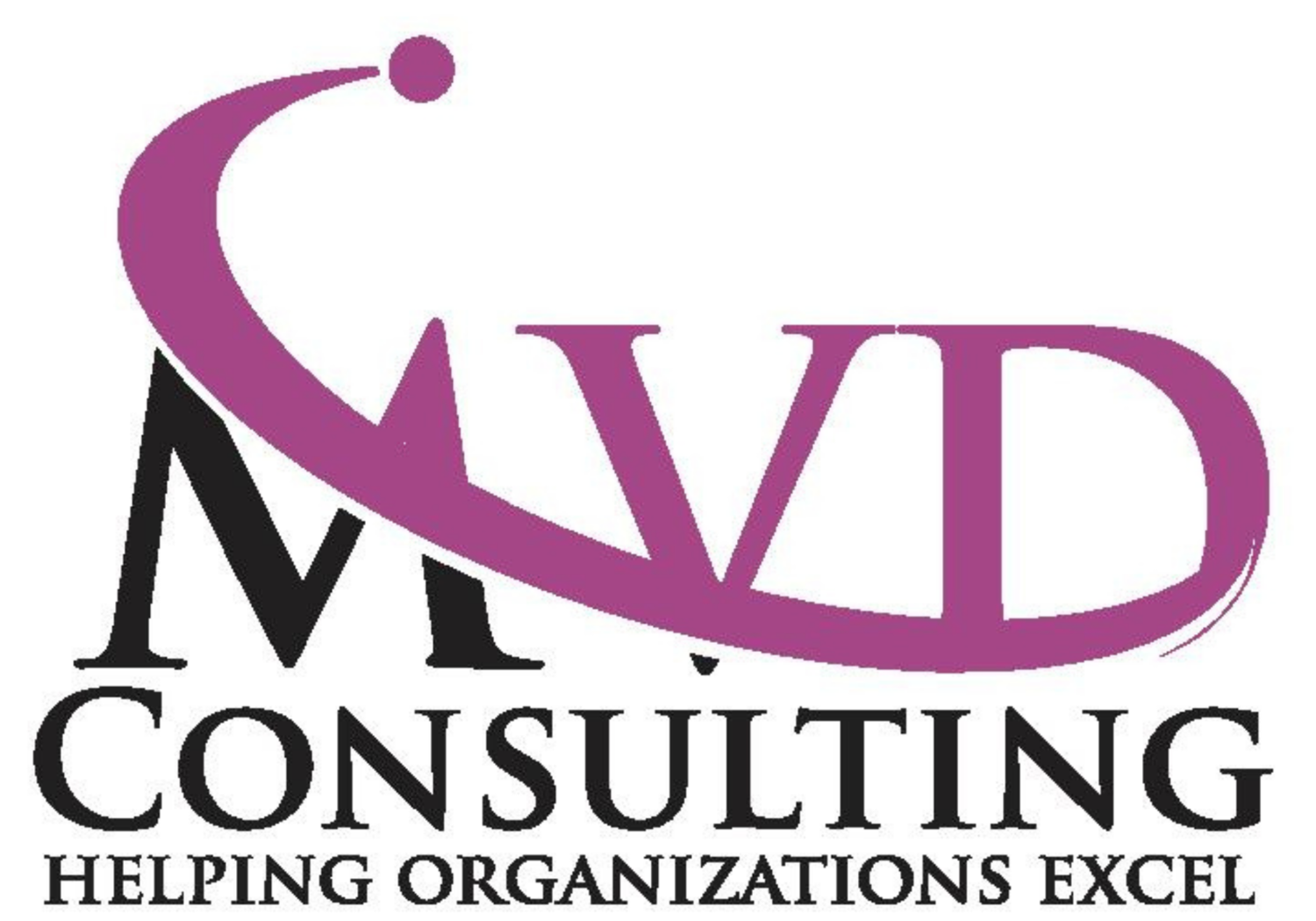Challenging White Supremacist Beliefs in Workplaces - part 3
Yesterday was Mother’s Day and I had a great weekend celebrating with the amazing women in my life who have mothered me, and whom I help to mentor. I attended the WNBA game held for the first time in Canada with my awesome niece and we had so much fun spending much-needed time together. It was wonderful seeing so many girls at the game wearing their basketball team jerseys. The future of basketball in Canada is very bright. On Sunday, I had a really nice dinner with my Mom, aunt, sister, and other family members.
This month on my blog, I am sharing how White supremacy shows up in workplaces and what organizations can do to interrupt these harmful practices. This is not a topic many people are comfortable discussing but it needs to be explored so we resist creating toxic workplaces. In last week’s blog post, I examined how binary thinking, power hoarding, and paternalism are part of organizational cultures and how workplaces can be intentional and disrupt these patterns of thinking and behaving.
In their seminal paper “Dismantling White Supremacy Culture” written in 2001, Kenneth Jones and Tema Okun identified 14 ways White supremacist beliefs are practiced by organizations. Today I will discuss defensiveness, the right to comfort, and the fear of conflict.
Jones and Okun explain that defensiveness shows up in workplaces when people and systems focus on protecting power, positions, and authority and not people. Being this protective of power is a major problem in workplaces because it often leads to persons abusing their positions of power and authority. Any criticism of this behaviour is received as threatening and insubordination and contributes to feeding oppressive organizational cultures when a workplace is not open to new ideas and ways of thinking.
The authors suggest that workplaces can challenge these oppressive beliefs and behaviours by first acknowledging that the fear of losing power and privilege is at the root of personal and institutional defensiveness. Shifting the understanding of power from an authoritative power to shared power will help to interrupt this pattern, which I discussed last week when I examined power hoarding; here are the main takeaways. Organizations can practice power-sharing by including a commitment to sharing power in your organization’s values statement, explaining leadership through a perspective of shared power, and ensuring everyone knows that great leaders share power and invest in deepening the skills and talents of others. Organizations can also redefine power by showing that power is infinite, so there is more than enough power for everyone.
The right to comfort appears in workplaces when organizations believe that persons in positions of power have the right to be comfortable and safe, particularly from criticism, and others do not have the same right. Jones and Okun describe that this belief results in workplaces blaming persons who are said to cause discomfort by questioning authority and harmful workplace practices. This behaviour also appears when White people accuse organizations of reverse racism when organizations tackle system racism against Indigenous, Black, and People of Colour (BIPOC).
The authors say workplaces can challenge this sense of privilege by acknowledging that discomfort presents an opportunity for growth and workplaces can encourage people to be comfortable with being uncomfortable. Understanding systemic racism and its ongoing impact on BIPOC folks is an important first step to unpacking the right to comfort extended only to White persons and persons in positions of power. Accepting that while White people and persons in power have been afforded the right to comfort in workplaces, BIPOC persons, and people from other equity-seeking groups have been denied that same right and instead have experienced harm.
The fear of conflict is another belief and practice that appears in workplaces and creates harm. The authors say people in positions of power often avoid conflict and seek to maintain the status quo. When someone brings forward an issue or concern, they are blamed for being difficult, disruptive, or challenging. This fear of conflict is cloaked in politeness and anyone who challenges the status quo is considered impolite or rude. The person with the issue or concern is blamed and shamed as opposed to being heard. For example, BIPOC persons are often blamed for questioning practices that are racist.
Jones and Okun suggest workplaces can learn how to better handle conflict that inevitably will arise in organizations and among teams. They say organizations can foster a culture that is comfortable with conflict and encourages people to raise different viewpoints and perspectives with the aim of improving workplace cultures and relationships. Avoiding conflict often leads to toxicity at work because there is no opportunity to work through issues and to grow individually, as teams, and as organizations. Instead, workplaces and workers can learn how to name and manage disagreements and differing viewpoints in ways that are constructive, respectful, and healthy.
Thank you for reading my blog today! Please email me and let me know how your workplace disrupts harmful beliefs and practices and creates healthy and safe spaces.
Michelle
CEO
